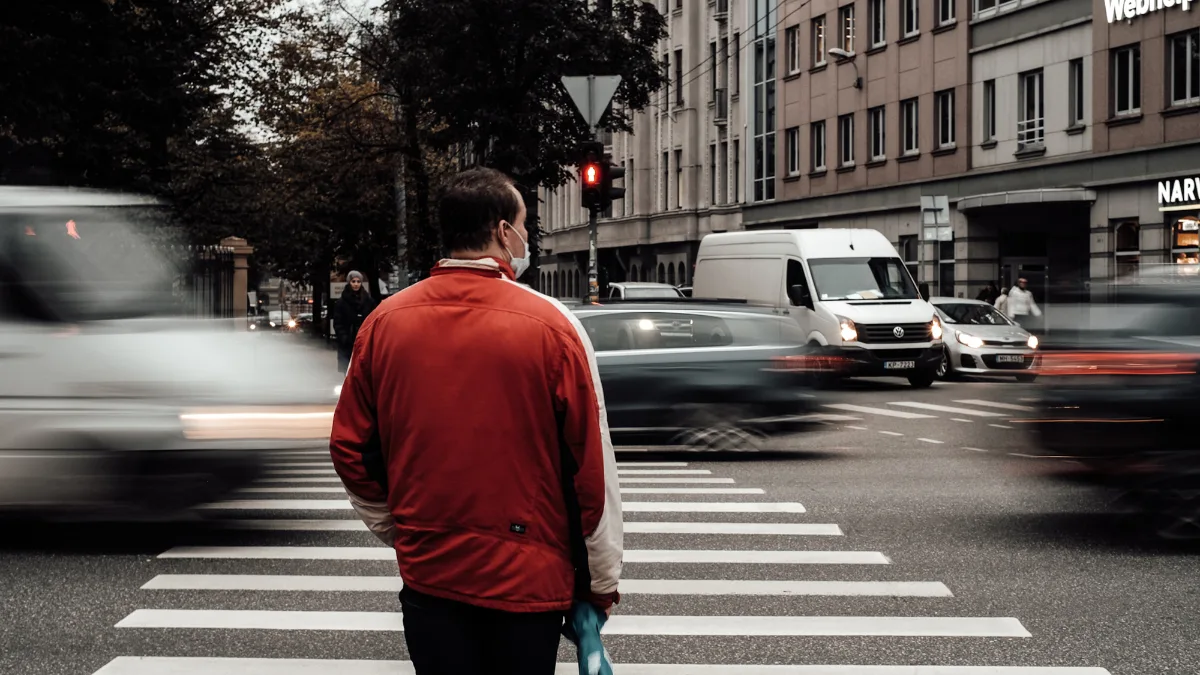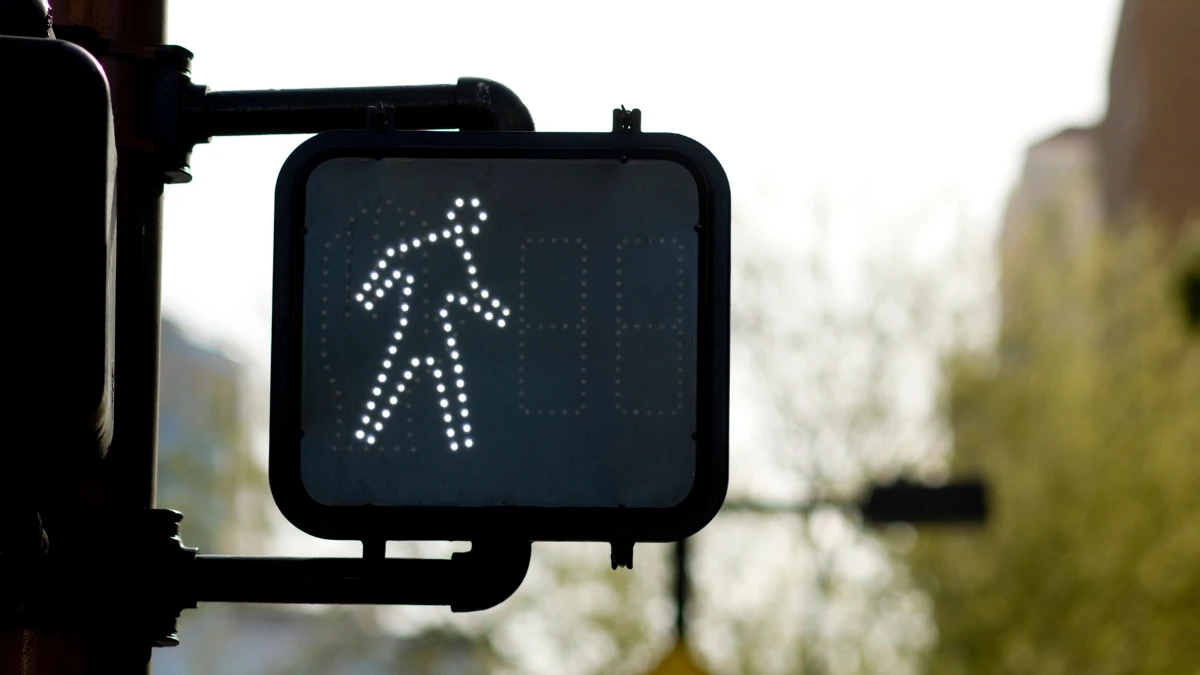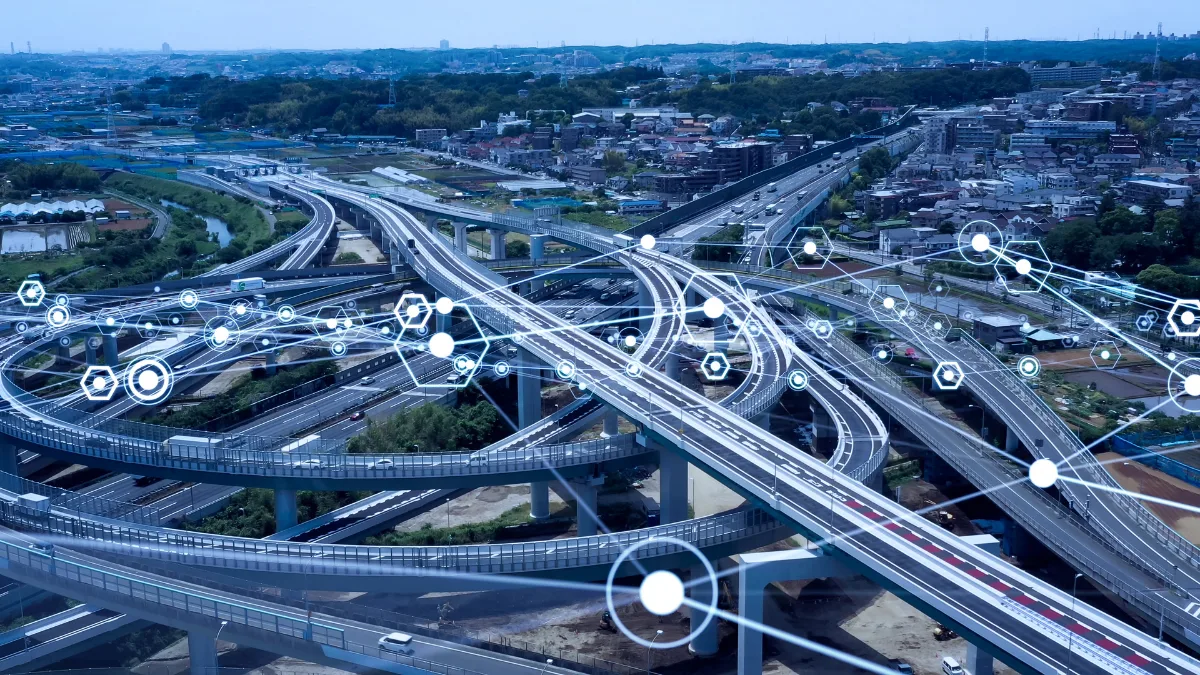The presence of a Vehicle-to-Everything (V2X) provides the ability for vehicles to exchange information with various elements around them. One application of the communication scope of V2X is a Vehicle-to-Pedestrian (V2P), which offers several key functions and advantages.
The functions of a Vehicle-to-Pedestrian include improving pedestrian safety, urban mobility, and accessibility. Moreover, the benefits include providing early warning, reducing traffic accidents, and supporting smart transportation systems..
This article will give you information about Vehicle-to-Pedestrian, including its functions and the benefits they have.
What is a Vehicle-to-Pedestrian (V2P)?

Vehicle-to-Pedestrian (V2P) is part of the Vehicle-to-Everything (V2X) system, which encompasses communication between vehicles and various other entities such as road infrastructure (V2I), other vehicles (V2V), and the internet (V2N).
V2P enables vehicles to exchange information wirelessly with pedestrians, such as smartphones or wearable devices, to provide information and warnings about potential hazards.
How Does Vehicle-to-Pedestrian Work?

Vehicle-to-Infrastructure (V2I) works by providing early warnings to drivers about the presence of pedestrians (and vice versa) to prevent potential accidents.
V2I, which uses Dedicated Short-Range Communication (DSRC) wireless technology, operates through radio signals with a specific frequency over short distances using the 5.9 GHz band.
This system enables vehicles to connect directly with pedestrians either directly or through road infrastructure.
The Function of Vehicle-to-Pedestrian
The Vehicle-to-Pedestrian (V2P) has several functions, from improving pedestrian safety, urban mobility, to accessibility. Here are some of its functions:
- Improving pedestrian safety: Providing early warnings to drivers and pedestrians about potential hazards, such as impending collisions or blind spots.
- Improving urban mobility: Helping to optimize the movement of pedestrians and vehicles, thereby reducing traffic congestion and accidents.
- Improving accessibility: Providing additional benefits for people with disabilities by providing information through mobile devices or wearable devices.
The Benefits of Vehicle-to-Pedestrian
The Vehicle-to-Pedestrian (V2P) has several benefits, from providing early warning to reducing traffic accidents, to supporting smart transportation systems. Here are the benefits in detail:
1. Providing early warnings One of the advantages of V2P is that it provides early warnings. The system will warn drivers and pedestrians about potential collisions, especially in conditions of limited visibility or when pedestrians are not visible to drivers.
2. Reducing traffic accidents

Reducing traffic accidents is another benefit of V2P. By providing early warnings, it increases driver awareness, thereby helping to reduce accidents caused by negligence.
3. Improving traffic efficiency Another advantage of V2P is improving traffic efficiency. Information from traffic information systems will help reduce congestion, better manage intersections, and provide better navigation.
4. Supporting smart transportation systems

Supporting smart transportation systems is another advantage of V2P. This system is an important component in supporting sustainable smart transportation systems to create safer and more efficient cities.
Conclusion
Those are the definitions, functions, and benefits of the Vehicle-to-Pedestrian (V2P) that you need to know.
This transportation system is specifically designed for improving pedestrian safety, urban mobility, and accessibility.
Vehicles are able to exchange information wirelessly with pedestrians, such as smartphones or wearable devices, to provide information and warnings about potential hazards.
This V2P improves pedestrian safety, urban mobility, and accessibility. This system certainly helps drivers improve situational awareness and reduce the risk of accidents.